Home>Gardening & Outdoor>Landscaping Ideas>How To Drive On Grass Without Damage
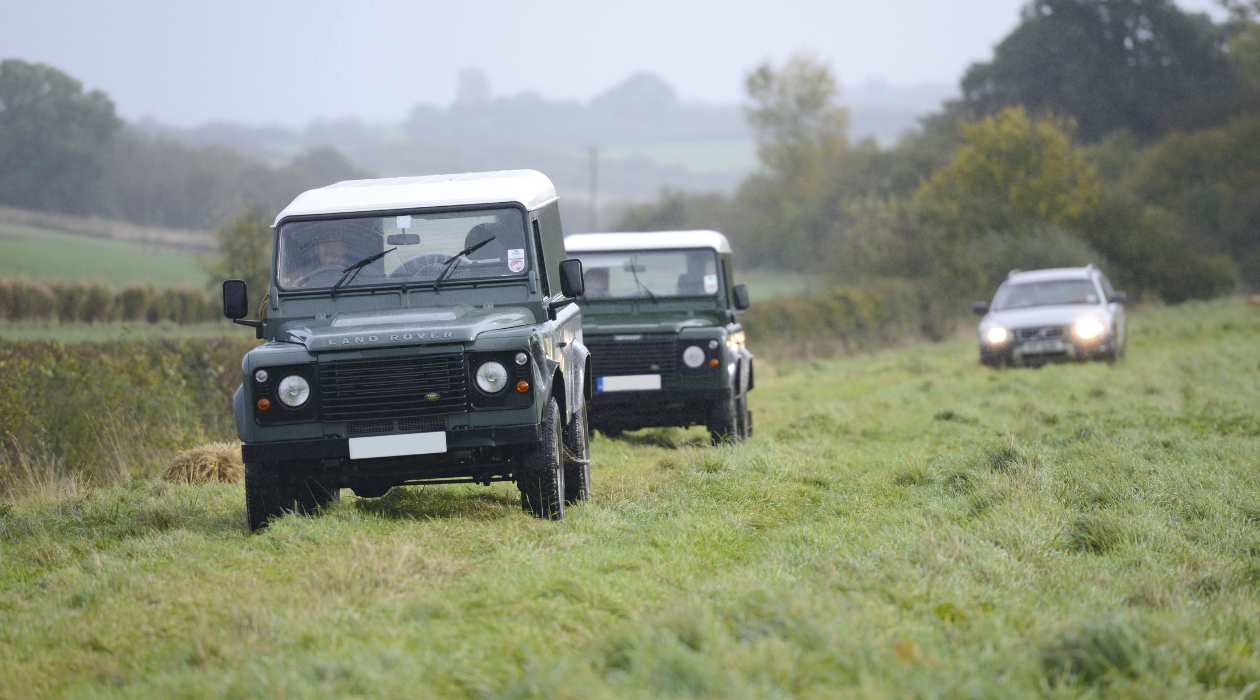

Landscaping Ideas
How To Drive On Grass Without Damage
Published: January 30, 2024
Learn the best landscaping ideas for driving on grass without causing damage. Find expert tips and techniques for preserving your lawn while enjoying outdoor activities.
(Many of the links in this article redirect to a specific reviewed product. Your purchase of these products through affiliate links helps to generate commission for Storables.com, at no extra cost. Learn more)
Introduction
Read more: How To Remove Hardwood Floor Without Damage
Understanding the Importance of Preserving Your Lawn
Maintaining a lush, green lawn is a point of pride for many homeowners. The vibrant expanse of grass not only enhances the aesthetic appeal of a property but also provides a welcoming outdoor space for various activities. Whether it's a backyard barbecue, a game of catch, or simply a leisurely stroll, a healthy lawn serves as a versatile and enjoyable part of any home.
However, the very activities that make a lawn so appealing can also pose a risk to its well-being. One such concern is the potential damage caused by driving on the grass. Whether you're maneuvering a vehicle for landscaping purposes or hosting an outdoor event, the weight and movement of cars, trucks, or equipment can lead to unsightly tire tracks, soil compaction, and even grass damage.
In this comprehensive guide, we will delve into the art of driving on grass without causing harm. By understanding the different types of grass, preparing your vehicle, employing the right driving techniques, and implementing aftercare measures, you can ensure that your lawn remains beautiful and resilient. Let's explore the key considerations and best practices for preserving your grass while enjoying the convenience of vehicular access.
Key Takeaways:
- Preserve your lawn by understanding grass types, preparing your vehicle, and driving responsibly. Implement aftercare measures to nurture the grass and maintain its beauty after vehicular use.
- Safeguard your lawn by using tire mats, driving at a consistent speed, and avoiding wet areas. Support grass recovery with aeration, overseeding, and targeted maintenance.
Understanding Grass Types
Before venturing onto your lawn, it’s essential to familiarize yourself with the various types of grass that may be present. Different grass species have unique characteristics, including tolerance to traffic and resilience to environmental stressors. By recognizing the specific grass types in your lawn, you can tailor your approach to minimize the risk of damage and promote healthy growth.
Warm-Season Grasses:
- Bermuda Grass: Known for its durability and ability to recover from wear, Bermuda grass is a popular choice for lawns in warm climates. Its aggressive growth and robust nature make it relatively resilient to vehicle traffic, particularly during the active growing season.
- Zoysia Grass: With its dense growth and tolerance to foot traffic, Zoysia grass offers good resistance to wear and tear. However, it may require additional care to recover from vehicular stress, especially when dormant during winter.
- Celebration Bermuda Grass: This variety combines the strength of Bermuda grass with improved shade tolerance, making it a versatile option for lawns that experience varying light conditions. Its ability to withstand moderate vehicle traffic makes it suitable for driveways and pathways.
Cool-Season Grasses:
- Kentucky Bluegrass: Widely recognized for its fine texture and rich green color, Kentucky bluegrass exhibits fair tolerance to foot traffic but is more susceptible to damage from vehicles. Careful consideration and precautionary measures are crucial when driving on lawns predominantly composed of this grass type.
- Fescue Grass: With its adaptability to diverse soil types and shade, fescue grass offers moderate resistance to foot traffic. However, it is less equipped to handle the weight and impact of vehicles, requiring special attention to prevent damage.
- Perennial Ryegrass: This resilient grass variety provides good wear tolerance under regular foot traffic. When faced with vehicular use, it necessitates proactive measures to mitigate potential harm and promote recovery.
By identifying the predominant grass species in your lawn and understanding their unique characteristics, you can make informed decisions regarding vehicular access and implement targeted strategies to safeguard your grass against damage.
Preparing Your Vehicle
Before driving on grass, it’s crucial to prepare your vehicle to minimize the impact on the lawn’s health and appearance. Implementing the following measures can help safeguard the grass and soil while ensuring safe and efficient vehicular access:
Tire Inspection and Maintenance:
Start by examining your vehicle’s tires to ensure they are in optimal condition. Check for any signs of damage, such as sharp objects lodged in the treads or uneven tire pressure. Inflating the tires to the recommended pressure level, as specified by the manufacturer, can help distribute the vehicle’s weight more evenly and reduce the risk of soil compaction and grass damage.
Use of Tire Mats:
Deploying tire mats or tracks made of sturdy materials, such as recycled plastic or rubber, can provide a protective barrier between the tires and the grass. These mats help disperse the vehicle’s weight over a larger surface area, minimizing the concentration of pressure that can lead to soil compaction and turf damage. Additionally, they offer traction for the tires, reducing the likelihood of slippage and rut formation.
Vehicle Weight Distribution:
When driving on grass, be mindful of the vehicle’s weight distribution to reduce the impact on the underlying soil and grass. Avoid sudden acceleration or sharp turns, as these actions can exert excessive pressure on specific areas, potentially causing damage. Where possible, distribute the weight of the vehicle evenly to minimize the risk of compaction and visible tire tracks.
Regular Maintenance of Vehicle Fluids:
Ensuring that your vehicle’s maintenance is up to date, including the inspection and replenishment of essential fluids such as engine oil, brake fluid, and coolant, can contribute to smoother and more controlled driving. Well-maintained vehicles are less likely to experience mechanical issues that could lead to unintended damage to the lawn.
By proactively preparing your vehicle and adopting careful driving practices, you can mitigate the potential impact on the grass and maintain the integrity of your lawn while enjoying the convenience of vehicular access.
Driving Techniques
When navigating a vehicle on grass, employing the right driving techniques is essential to minimize the risk of damage and preserve the lawn’s health. By adhering to the following guidelines, you can ensure responsible and considerate vehicular use while safeguarding the integrity of the grass:
Consistent Speed and Controlled Maneuvering:
Maintain a steady, moderate speed when driving on grass to reduce the impact of the vehicle’s weight and minimize soil compaction. Avoid abrupt acceleration, deceleration, or sudden turns, as these actions can exert excessive pressure on the grass and underlying soil, potentially causing damage and creating visible tire tracks.
Choose Optimal Pathways:
Identify and stick to designated pathways or established driving routes to limit the extent of vehicular impact on the grass. By confining driving activities to predetermined areas, such as driveways or designated access points, you can concentrate wear and compaction in specific zones, allowing the remaining lawn to recover more effectively.
Steer Clear of Wet or Saturated Areas:
Avoid driving on grass that is wet or waterlogged, as the increased moisture content can exacerbate soil compaction and damage. Wet conditions reduce the soil’s load-bearing capacity, making it more susceptible to deformation and rutting from vehicular traffic. Wait for the grass to dry out before driving on it to minimize the risk of harm.
Minimize Turning on the Grass:
Where possible, limit the need for sharp turns or pivoting on the grass, as these actions can concentrate pressure and strain on specific areas, leading to compaction and potential damage. Instead, plan your maneuvers to minimize the degree of turning and reduce the stress exerted on the grass and soil.
Regularly Inspect and Adjust Tire Pressure:
Periodically check and adjust the tire pressure of your vehicle to ensure that it aligns with the manufacturer’s recommendations. Properly inflated tires distribute the vehicle’s weight more evenly, reducing the risk of soil compaction and minimizing the imprint left on the grass.
By adopting these mindful driving techniques, you can promote the longevity and vitality of your lawn while responsibly utilizing vehicular access on grass surfaces.
To drive on grass without causing damage, avoid making sharp turns or sudden stops, as this can tear up the grass. Instead, drive slowly and steadily to minimize impact on the grass.
Aftercare and Maintenance
Following vehicular use on grass, implementing aftercare measures and targeted maintenance can help mitigate any potential damage and support the lawn’s recovery process. By attending to the following considerations, you can nurture the resilience of the grass and minimize the visible impact of vehicular traffic:
Raking and Aerating:
After driving on the grass, lightly rake the affected areas to alleviate minor tire tracks and disperse compacted soil. This gentle raking can help the grass blades stand upright and encourage air circulation to the roots. Additionally, consider aerating the compacted soil to improve water and nutrient penetration, promoting the recovery of the grass.
Overseeding and Fertilization:
Overseeding the impacted areas with grass seed can expedite the rejuvenation of the lawn by promoting new growth and filling in any sparse or damaged patches. Additionally, applying a balanced fertilizer tailored to the specific grass type can provide essential nutrients to support recovery and strengthen the grass against potential stressors.
Watering and Irrigation:
Ensure that the affected areas receive adequate hydration following vehicular use. Consistent and targeted watering can aid in the recovery of the grass and mitigate the effects of soil compaction. Adjust your irrigation schedule to accommodate the specific needs of the impacted areas, especially during periods of dry or hot weather.
Temporary Restriction of Access:
Consider temporarily restricting vehicular access to the impacted areas to allow the grass to recover undisturbed. By minimizing additional traffic on the affected zones, you provide the grass with an opportunity to rejuvenate and regain its strength, facilitating a more expedient recovery process.
Observation and Patience:
Regularly monitor the impacted areas for signs of recovery and adjust your maintenance efforts accordingly. Exercise patience and allow the grass sufficient time to bounce back from the vehicular stress. With attentive care and time, the lawn can gradually regain its lush and resilient state.
By embracing these aftercare practices and tailoring your maintenance efforts to the specific needs of the grass, you can nurture the health and vibrancy of your lawn following vehicular use, ensuring its long-term beauty and durability.
Conclusion
Preserving the health and appearance of your lawn while accommodating vehicular access is a delicate balance that requires thoughtful consideration and proactive measures. By understanding the characteristics of different grass types, preparing your vehicle, employing responsible driving techniques, and implementing targeted aftercare and maintenance, you can enjoy the convenience of driving on grass without compromising the integrity of your lawn.
Respecting the natural resilience of the grass and soil is key to minimizing the impact of vehicular traffic. Whether you’re navigating a vehicle for landscaping tasks, hosting outdoor gatherings, or simply maneuvering through your property, conscientious practices can help safeguard the beauty and vitality of your lawn.
Remember that each lawn is unique, and the specific needs and considerations may vary based on factors such as grass type, local climate, and the frequency of vehicular use. By remaining attentive to the condition of your lawn and adapting your approach accordingly, you can promote a harmonious coexistence between vehicular access and a thriving, lush lawn.
Embracing a holistic approach that encompasses preparation, mindful driving, and attentive aftercare enables you to enjoy the benefits of vehicular access while preserving the natural splendor of your outdoor space. With a blend of knowledge, consideration, and ongoing care, you can navigate your lawn with confidence, knowing that its enduring health and beauty are upheld.
By integrating these principles into your approach to driving on grass, you can cultivate a resilient and inviting lawn that enhances the overall allure and functionality of your property, creating a welcoming outdoor environment for years to come.
Frequently Asked Questions about How To Drive On Grass Without Damage
Was this page helpful?
At Storables.com, we guarantee accurate and reliable information. Our content, validated by Expert Board Contributors, is crafted following stringent Editorial Policies. We're committed to providing you with well-researched, expert-backed insights for all your informational needs.
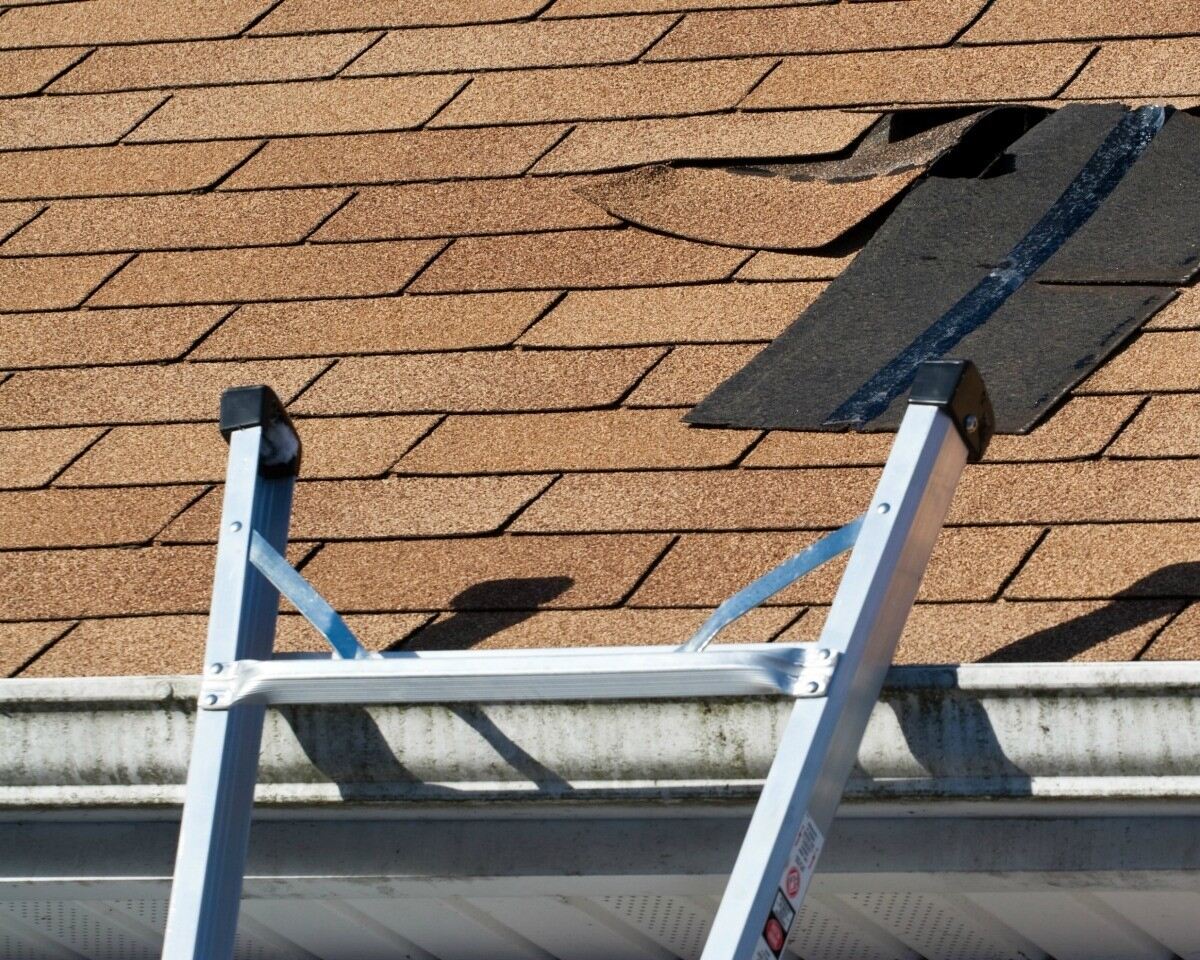





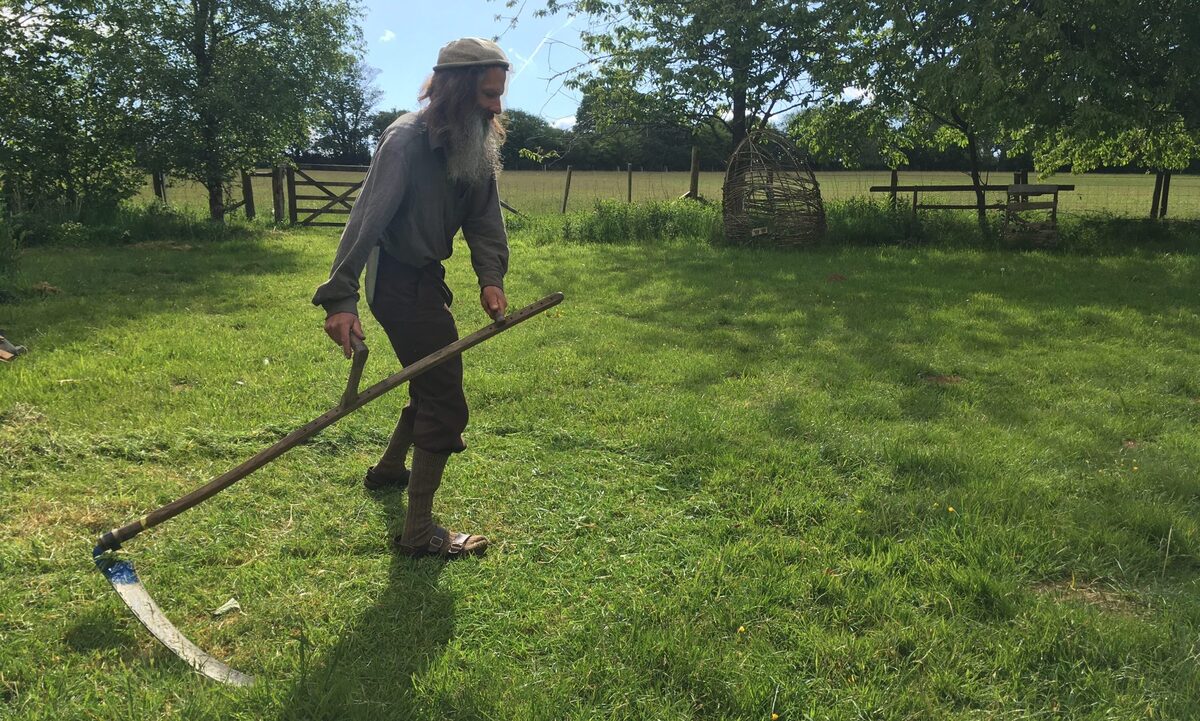

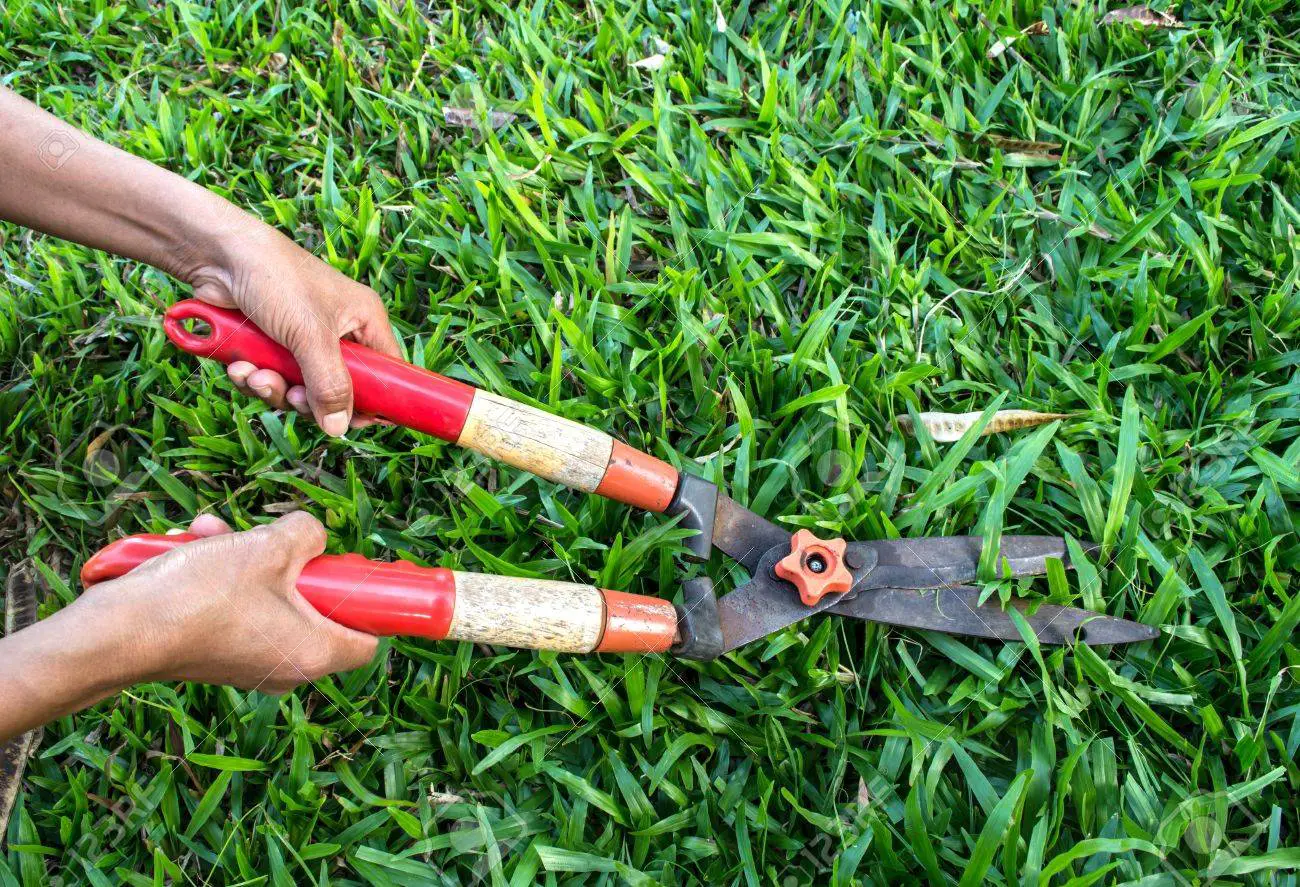
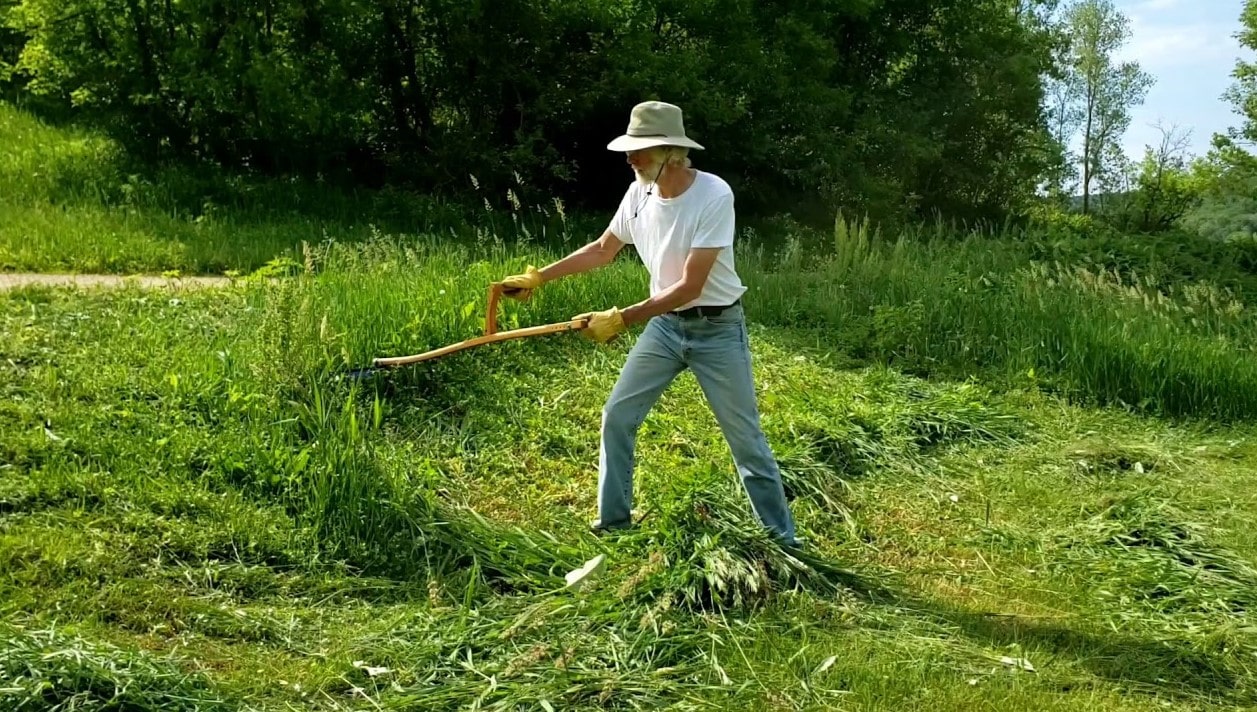
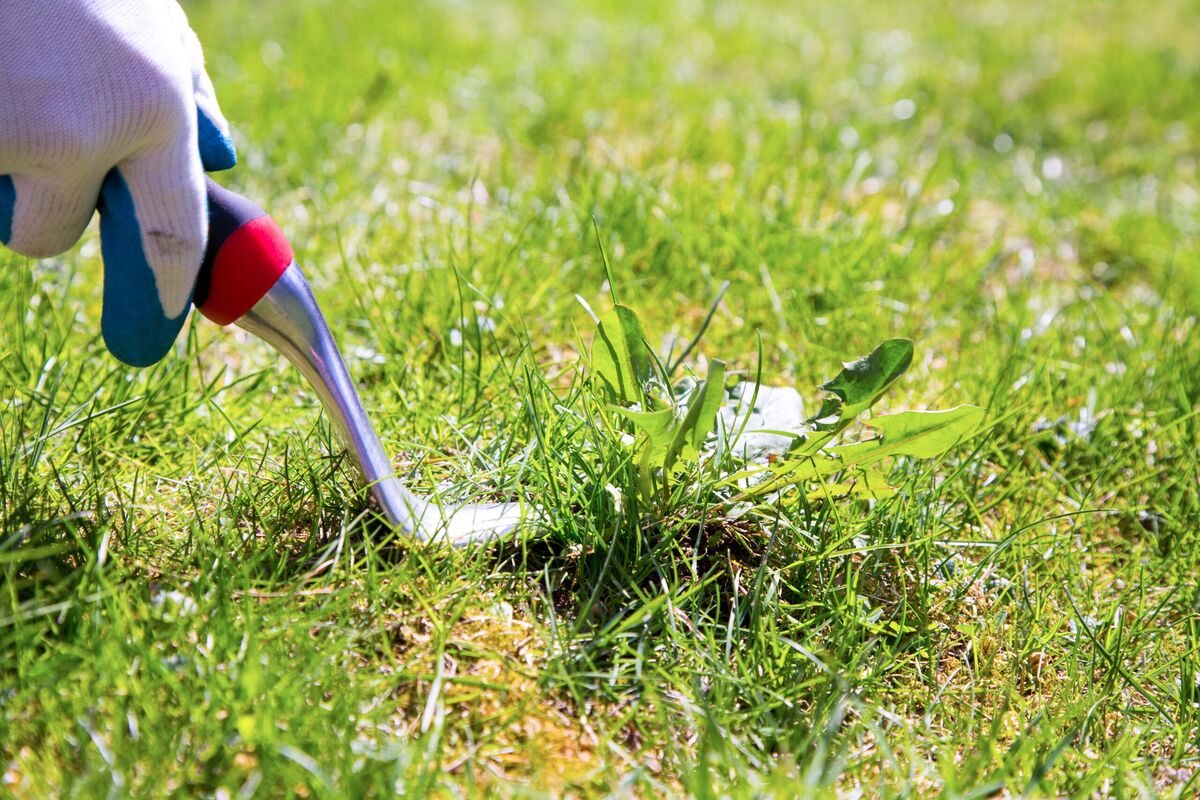


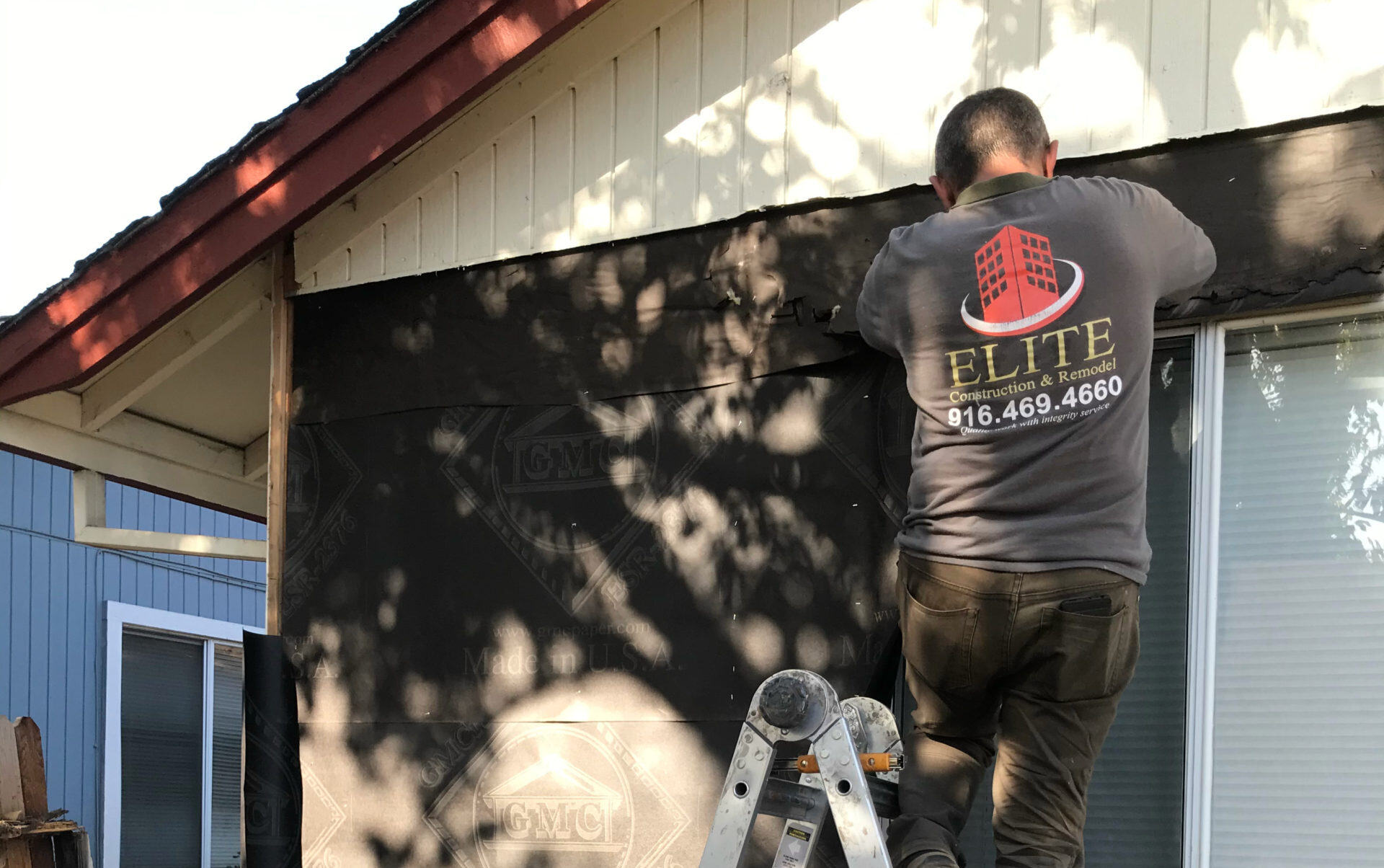

0 thoughts on “How To Drive On Grass Without Damage”